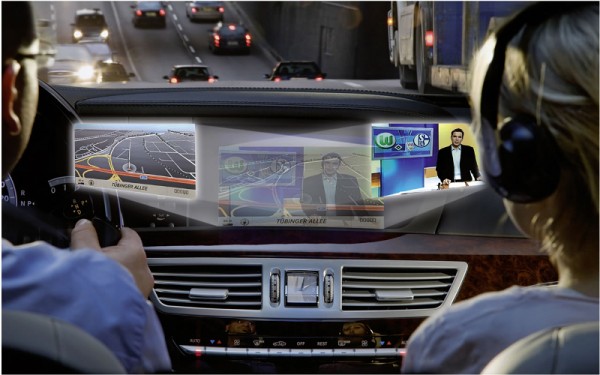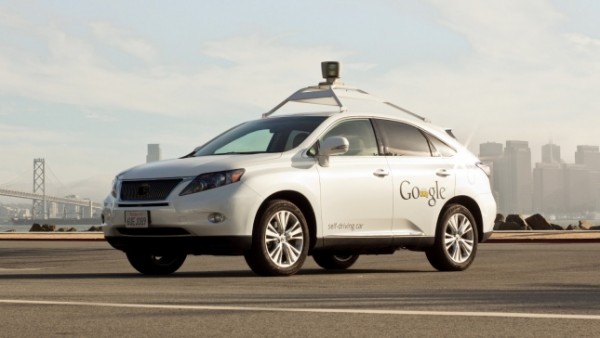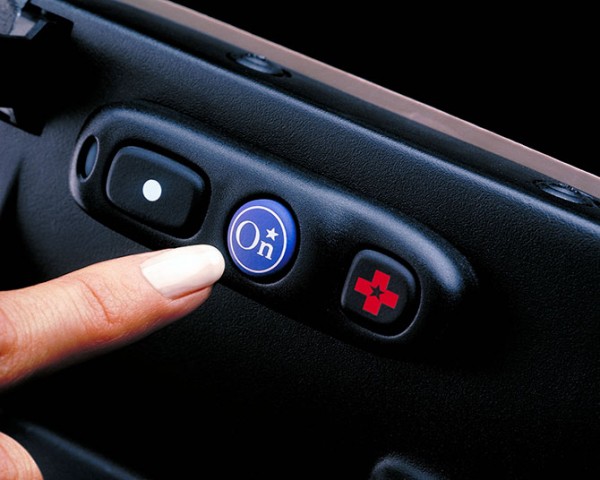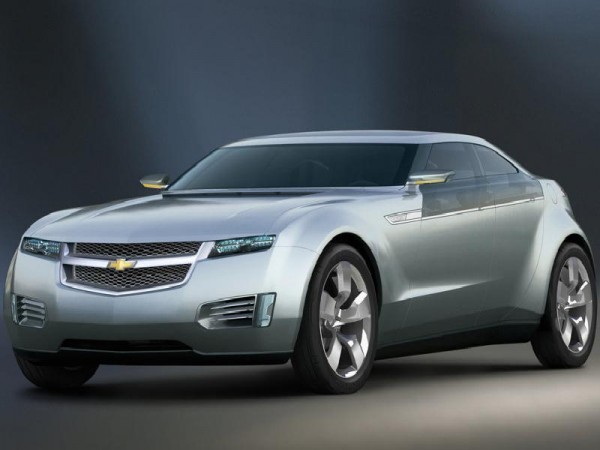Automotive technology has been an exercise in improvement and advancement for most of its century-plus history, and we’re currently on the edge of several technologies that may forever alter our approach to cars.
For starters, consider the Google autonomous vehicle. This self-driving car promises to deliver a safer driving experience by avoiding crashes, and the technology is already here—it’s just not ready for the masses. Google says it’ll be ready within three to five years, and if it’s successful, it could give the elderly and disabled populations unparalleled freedom. It could also enable today’s distracted commuters to safely read their newspapers and smartphones while “driving,” perhaps giving rise to a new “rolling cubicle” – yes, a way to squeeze some professional productivity into this historically wasted time.
What else is going on with technology and cars?
Software Platforms
Cars are increasingly becoming platforms for software development. For example, General Motors has partnered with San Francisco-based RelayRides to facilitate rentals between owners of GM vehicles equipped with OnStar to people looking to rent a vehicle for a short period of time (say, a few hours). The service connects the OnStar system user (the car’s owner) to users who have downloaded the mobile app (the would-be renter). Some car owners are earning an extra $1,000 a month in rental fees, according to RelayRides execs.
One problem with adding complex technology to automobiles is reliability. Cars have become markedly more reliable in comparison to their ancestors of even 20 years ago, at least mechanically. Unfortunately, as Wired reported last summer, technology in cars has led to an overall decrease in satisfaction. This is the first such decline in 26 years, according to JD Powers.
This isn’t because the technology is bad, per se, but because the implementation and user experience has been lacking. These problems have been addressed through software updates when practical. Hardware limitations, outdated displays and poor hardware design cannot be addressed as easily.
Safety
Advancements in safety can’t be overlooked, either. In the ’70s and ’80s, experiments with airbags proved they could save lives—if they could operate reliably and appropriately. Flash-forward a few decades, and airbags are de rigeuer; some current cars have as many as 11 airbags in them, proving even subcompact cars could turn from rolling death cages into safe cars driven in our modern world. Combined with unibody construction, crumple zones and special bracing, cars today do better than ever in collisions.
There’s new technology that helps drivers avoid collisions by alerting them to inadvertent lane changes and occupied blind spots, but insurance companies have yet to offer additional discounts for such new technologies. According to the hartford.com, airbags are still the only safety tech feature that will get you a premium reduction on AARP insurance.
Electric and Hybrid Vehicles
Electric cars hold the promise of less pollution, less noise and fewer expenses to the owner, but they are not a new invention. Though the history of electric cars is at least as long as that of their gasoline-fueled counterparts, the technology of energy storage is still developing. The modern generation of electric cars typically relies on batteries made from lithium ion (Li-Ion) or nickel metal hydride (NiMH), just like laptops. The concern over range and the longevity of the battery is holding consumers back at this point, and that’s where hybrids come in. They combine the extended range that everyone expects of gas-powered vehicles with the environmentally friendliness of electric vehicles.
According to motorward.com, plugin hybrid electric vehicles promise the latest and greatest advancement in fuel flexibility. These cars use a gasoline motor, regenerative braking and standard household sockets to get juice to the batteries. Chevy reports that some drivers of its Volt are managing 900 miles between fill-ups, thanks to this technology.
Touch Screen Technology
When SUVs were king, manufacturers were eagerly designing state-of-the-art display, entertainment and navigation systems into their dashboards and headliners. Inexpensive smartphones and tablets quickly made these systems seem clunky, complicated and outdated. In recent years, we have seen the advent of fully digital dashboards. These hold the promise of customizable dashboard configurations for the end user. With the press of a button, drivers will be able to cycle through different “skins” for their dash.
The tech company Bosch has been working on a digital light processing (DLP) projector-based system that can accommodate normal dash functions, but also has navigation capabilities. Tesla Motors has based their new electric luxury sedan around a visually impressive 17-inch touch screen in the center console. The touch-screen market is growing, for autos as well as smartphones and tablets.
Drivers are likely to see radical technology innovations in their vehicles over the next few years. These technologies will enhance safety and increase the satisfaction for the driver and occupants. A future of domestically fueled, autonomous cars is in front of us. A future filled with self-driving, comfortable, gadget-rich, quiet, environmentally safe vehicles that cost little to operate is on the horizon, and it makes us wonder, what could possibly be next?














